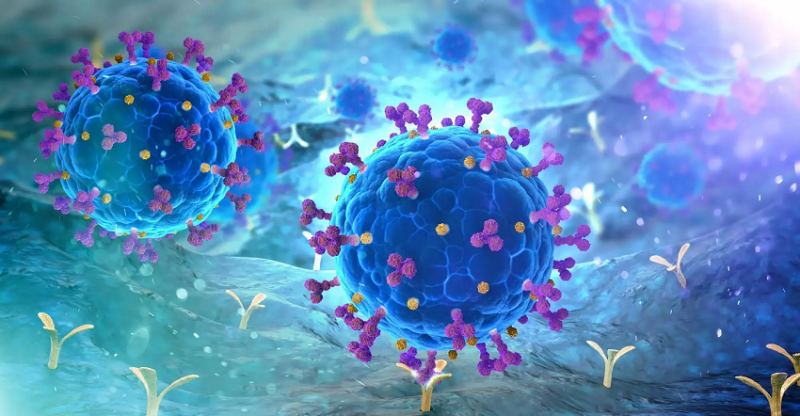
Given the emergence of new Covid variants like KP.2, KP 1.1, and FLiRT within the Omicron JN.1 lineage, it's understandable to have concerns about their potential impact. Here's what you need to know:
Increased Infectivity: Variants like KP.2 and KP 1.1 are reported to be more infectious than previous Omicron variants. This could potentially lead to a surge in cases, especially during the summer months.
Symptoms: While these variants may be more infectious, the symptoms are reported to be similar to those of previous Covid variants. This means symptoms like fever, cough, fatigue, and loss of taste or smell may still occur.
Hospitalization Rates: Despite the increased transmissibility, current reports suggest that hospitalization rates remain relatively low. However, this could change as the variants continue to spread.
Vaccine Evasion: There are concerns that these new variants may evade vaccine immunity to some extent. Dr. M Wali suggests that this new lineage could potentially bypass immunity conferred by vaccines.
Precautions: As always, it's crucial to continue following public health guidelines to prevent the spread of Covid-19. This includes wearing masks in crowded or indoor settings, practicing good hand hygiene, maintaining physical distance when possible, and getting vaccinated and boosted if eligible.
Monitoring and Research: Health authorities will continue to monitor the situation closely and conduct research to understand the behavior of these new variants better. This will help in adapting public health strategies accordingly.
While it's natural to feel concerned, staying informed and taking necessary precautions can help mitigate the spread of these new variants and reduce the risk of infection.
Understanding the FLiRT Variant of COVID-19
FLiRT variants, derived from the Omicron lineage, derive their name from specific mutations. Notable examples include KP.2 and KP.1.1, distinguished by their heightened contagiousness compared to earlier Omicron strains.
Identifying Symptoms
Symptoms associated with FLiRT mirror those of other Omicron subvariants, encompassing sore throat, cough, fatigue, nasal congestion, runny nose, headache, muscle aches, fever, and potential loss of taste and smell, as per expert assessments.
Assessing Risk
FLiRT presents an elevated risk of hospitalization, albeit without a significant increase in mortality rates. Its impact primarily affects the upper respiratory tract.
Precautionary Measures
Given the evolving nature of FLiRT, maintaining vigilance remains paramount. Essential precautions include adhering to proper hand hygiene, wearing masks, practicing physical distancing, avoiding large gatherings, staying home when feeling unwell, and prioritizing vaccination.
Success Stories and Global Comparison
India's notable success in curbing COVID-19 is evident. Recent WHO data from April 21 indicates approximately 29,294 active cases worldwide, with Russia reporting the highest tally at 16,300 cases. In contrast, as of May 4, India reported only 838 active cases and 1 death.
Protein Check: 10 Signs Your Body Might Be Running Low
Know the 8 physical benefits of barley